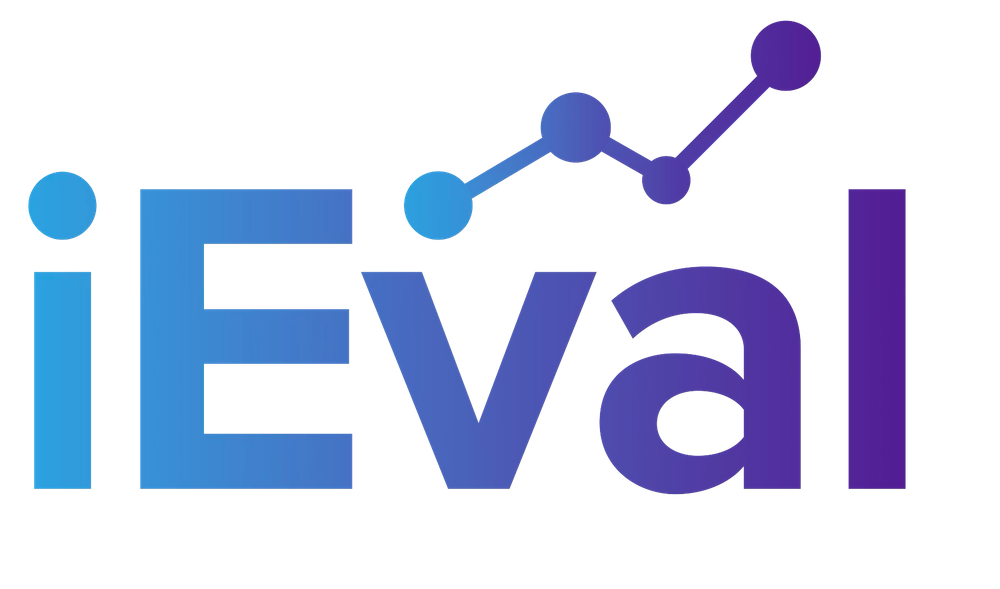A while ago I mentioned a project I’ve been working on in my local school district around “white flight,” schools of choice, and the impact it is having on the district and community. I want to take an opportunity to talk a little bit more about that project, what it has entailed, the roadblocks, and the opportunities it creates.
My daughters attend the local public school in a traditional elementary building. As a concerned parent, I do what I can to help the teachers and building. In this case, watching the district transform over the three years we have been there, and continuing to lose many friends to charter and neighboring districts, I decided to use my role as an evaluator to survey parents about why they are leaving.
This project entailed sending emails to all those parents that provided email addresses on their school of choice application and also sending the survey out “word of mouth style” via email and social media to anyone that lives in the district boundary but chooses to go to another school (private, public, charter or homeschool). One of the biggest hurdles I face as an evaluator is collecting parent data. It is hard to track them down, and this project was no different.
How do I reach parents at charter schools that aren’t required to fill out an application with the local district? How do I ensure that more than just “my friends” are filling out the application? How do I get schools to cooperate without feeling like we are poaching parents?
I called in the guard. I enlisted friends, school personnel, board members and Facebook groups to spread the word. At the end of the day, 145 parents of the 600+ families responded. I know there are still large pockets of the parent population missing from the dataset, but I know that a grassroots attempt yielded me results I wouldn’t have been capable of on my own.
The survey focused on asking parents about why they left—what are the primary reasons you go to the school you do? Would you recommend the public districts to a neighbor or friend? Where do your neighbors go to school? Are you aware of the special programs at the public district?
As I export and clean the data and start to prepare the results for analysis, I realize what an important tool this will be for the school board in future planning. Next month, I will be presenting the findings to the Enrollment Committee and they will be able to use these data to look at changes that are necessary to keep students from “choicing” out.
I wanted to share this example for a couple of reasons:
- There is power in knowing evaluation. Pro-bono projects can make lasting contributions to your community.
- When there is a problem that seems overwhelming, such as declining district enrollment, tackle it with data first. Find out what the problem is and why before crafting solutions.
- Community-based projects provide opportunities for collaboration with new stakeholders, e.g., parents, district officials, board members. It is always a good idea to make connections with people, especially over areas of shared passion.
As we finish 2015 and forge ahead into 2016, I encourage everyone to take a larger view of their work and gifts and see how they might tackle a new project or problem.
KELLEY’S USEFUL TIP: When doing community based work, one of the best skills to have is the ability to listen. What are the key problems? Themes? Possible solutions? What are the variations between solutions or problems of the various stakeholders? How might data serve as a bridge between groups?

